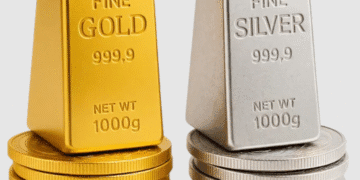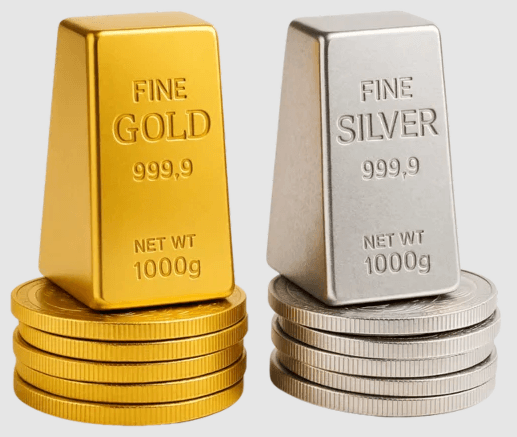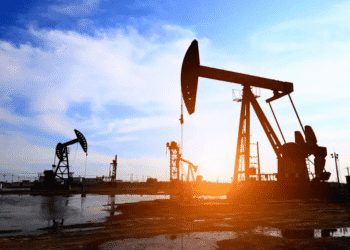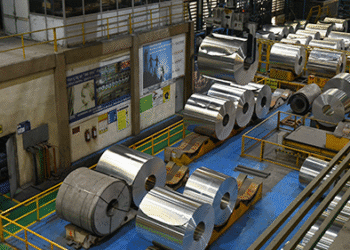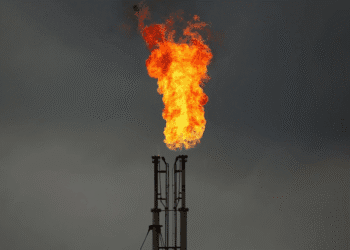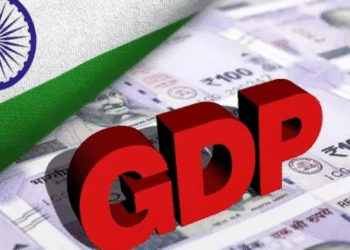Athira Sethu
Kochi, 25 October 2025
The price of silver recently fell by 17% by ₹31,000 per kg in a span of 10 days. This is after the price of silver hit record highs. The fall is primarily because the supply of silver in London has gone up and investors were selling their holdings to book profits. On the global front, the price of silver has also fallen, going from $54.47 to $48.5 per ounce within a week.
The London bullion market is responsible for determining the international price of silver. Prices rose high when silver was short in London. But with increased availability of silver now, prices decreased. The London market is one of the largest trading centers for physical silver, and the silver available in its vaults has a direct bearing on the price. When silver stocks rose, prices began to relax.
The demand for silver continues unabated
Despite the price fall, demand for silver is robust. It is used in various sectors like solar power, electric cars, 5G technology, and AI. As the world shifts towards cleaner technologies and digitalization, consumption of silver is on the rise. Solar panels, electric cars, and 5G devices all use silver in their components. Demand should continue and even increase.
However, silver supply is finite. Silver mining has not increased enough to match increasing demand, and silver recycling is not extensive. This creates a persistent shortage of supply, one that has kept prices higher in the past.
Prices of gold are also decreasing:
Gold prices have also declined, with gold dropping ₹8,395 per 10 grams. This is also because of short-term selling and the US dollar’s strength. Though prices have declined, gold remains a good long-term investment. Gold and silver have been the traditional safe-haven assets, particularly during uncertain economic times.
What’s happening with silver and gold?
Despite the increased supply of silver, there remains a deficiency of silver, with production worldwide being short by 6,000 to 7,500 tonnes this year. Silver is mostly produced as a byproduct of other metals, including gold, lead, and zinc. Therefore, unless production of these metals rises, the supply of silver will remain limited.
In spite of recent dips in price, both silver and gold are likely to continue being significant investments. Their status as safe investments in times of economic volatility, as well as sustained demand across industries, renders them significant long-term assets.
